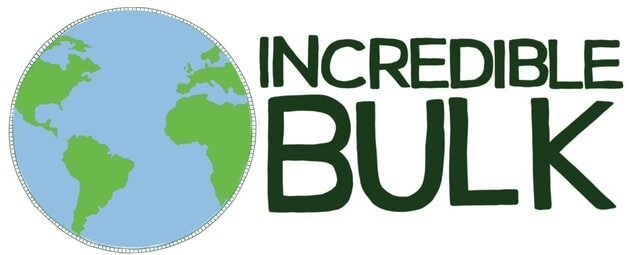DIY : halloumi cheese - plastic free!
/Cheese is often hard to find without single-use plastic, especially halloumi so we thought we’d try making it ourselves. While our first attempts are not going to win any fancy food competitions it does taste like the real thing, so we’re super happy! Recipe followed found at Guardian.
You’ll need:
milk - we used just under 2 litres which produces around 6 slices of cheese
rennet - we bought veggie rennet, you can also try making your own from nettles but we didn’t have success with this!
salt
thermometer
muslin cloth
strainer/sieve
large pan
perforated spoon
large bowl
Overall time around 3.5hrs
Method:
Gradually heat milk in pan to 32-36 degrees Celsius, take off heat, add rennet (follow instructions on bottle for how much to add), stir gently and let it settle for 1 hr, in which time it should set like jelly.
Cut the jelly like substance (curds) into 1 inch cubes in the pan and let leave it to settle for another half hour.
Bring the mixture up to approx 38 degrees Celsius over a gentle heat, taking around half an hour.
Set up a sieve lined with muslin cloth over a bowl and use large perforated spoon to scoop the curds into the muslin lined sieve and leave for an hour to let the whey drain away from the curds.
Slice or shape the curds into oblong shapes.
Heat whey to 85 degrees Celsius, add 1 tablespoon of salt and once at temperature gently place the cheese curds into the hot whey to poach. The cheese will rise to the top when its ready, this can take up to half an hour.
When risen remove cheese and leave to drain and cool.
The cheese is now good to eat or you could store in brine. We’ve found that once stored in brine the halloumi becomes more like the regular squeaky halloumi found in stores!
To make brine add half litre of whey to half litre of boiling water with 100g of salt, allow mixture to cool and then pour cool brine over cheese in an airtight container.
Zero Waste Tips
Make completely package free halloumi by buying milk in your own reusable container at a milk refill station- there are now quite a few around Cornwall.
Any left over whey can be used in vegetable stocks, used in cooking to replace water and can be substituted for skim milk in most baked good recipes that require milk so don’t throw it away!

